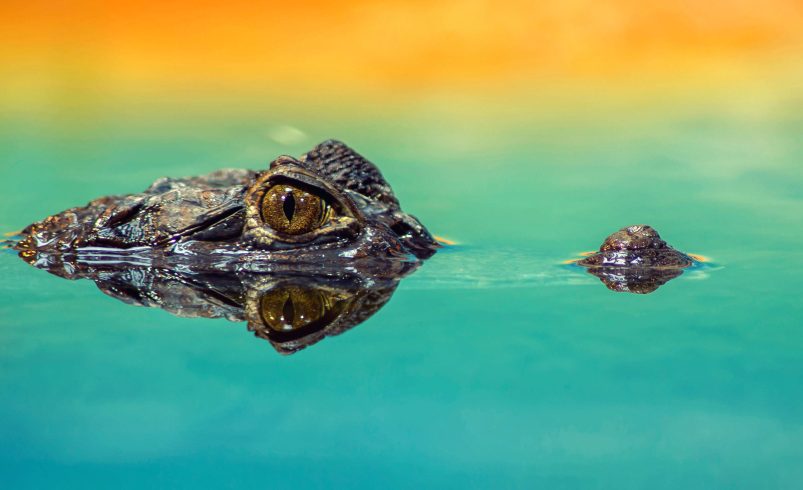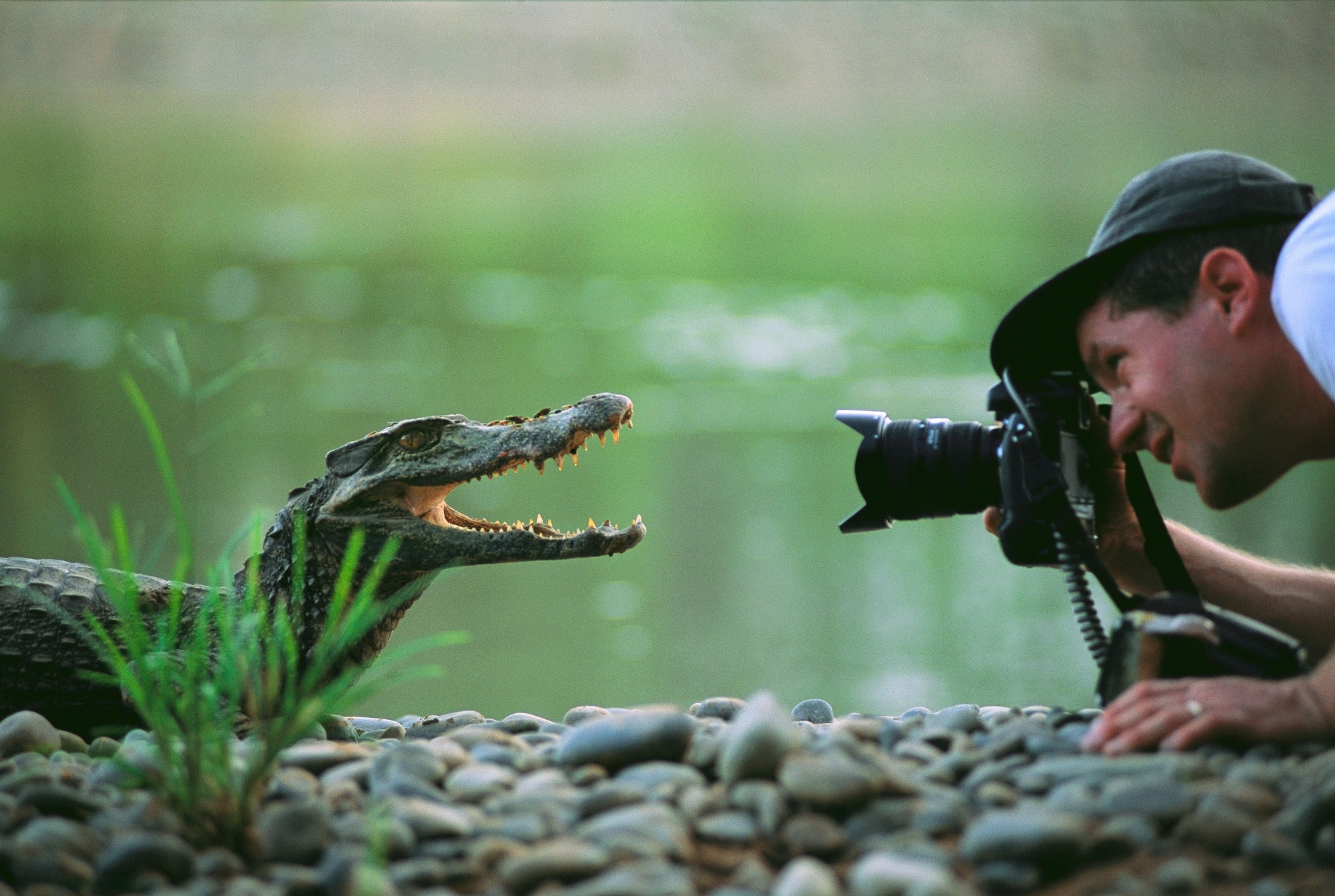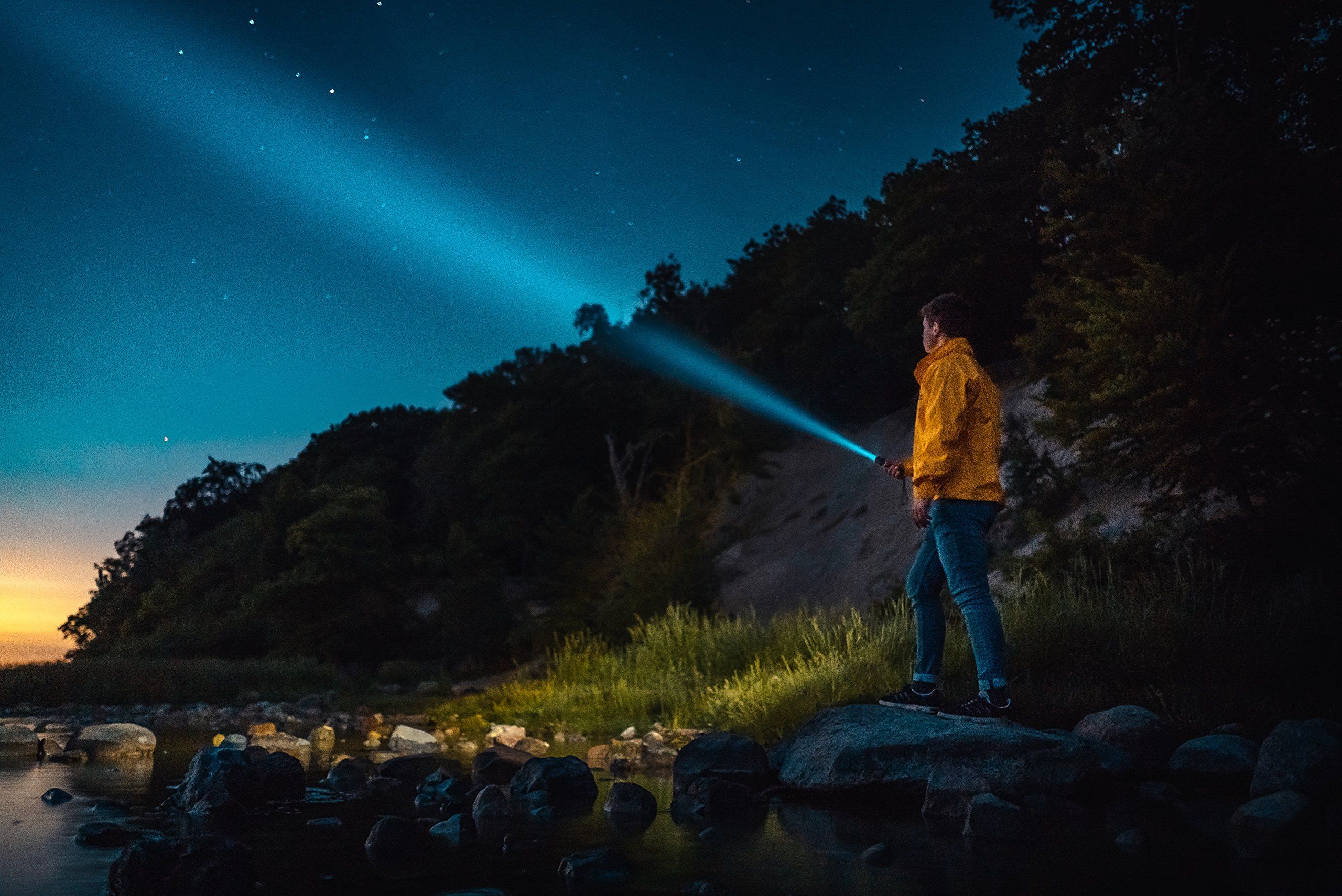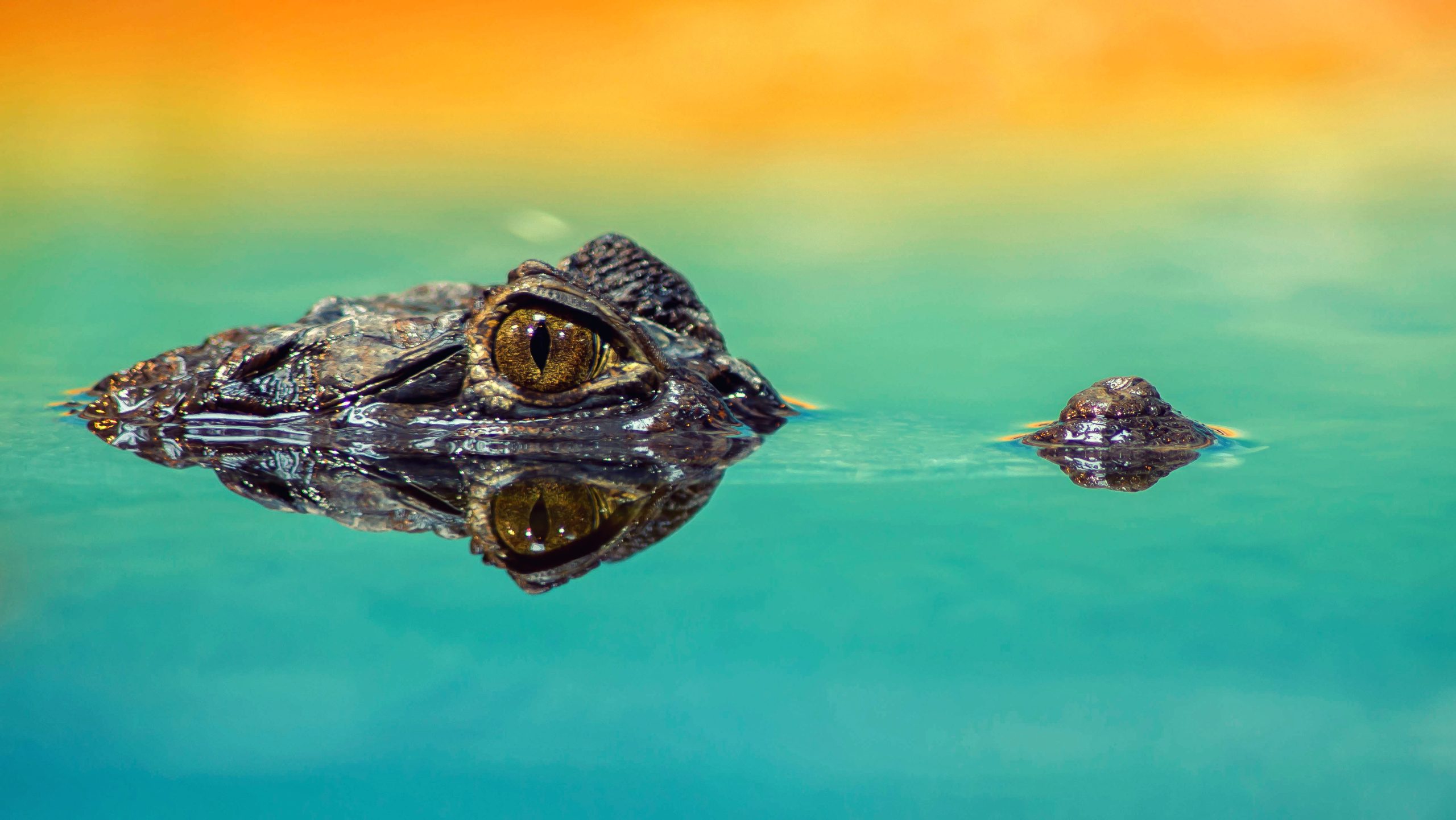Camera Settings For Wildlife Photography
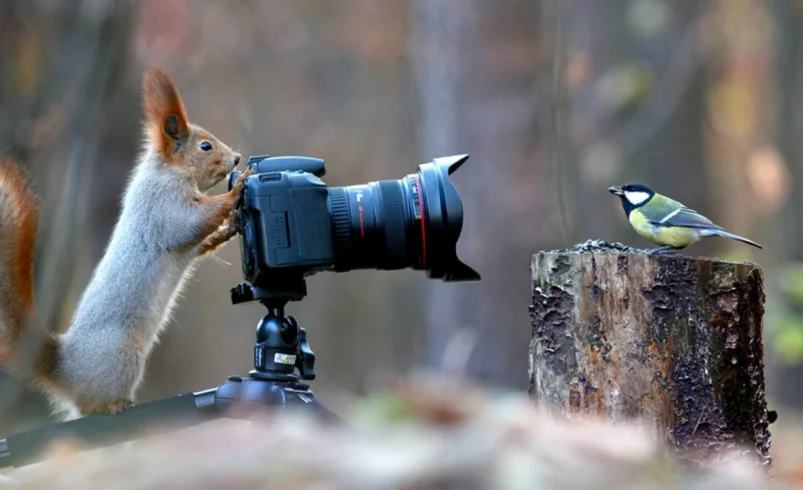
Cameras typically have four main modes—Program, Aperture Priority, Shutter Priority and Manual—represented by the letters P, A, S and M. My photo tour clients frequently ask which are the best camera settings for wildlife photography. “Is shutter priority a good choice?” Or, “Do I always need to use manual?” Since choosing the right mode can mean the difference between capturing a compelling wildlife image and missing the pictures entirely, it’s important to know the options.
I choose my onclick the picture mode based on my subject and environment, how quickly the light is changing, and my personal preferences. There is no one right answer, but if you check my cameras, you will find them in either manual mode with Auto enabled or full manual most of the time.
My best results come from being able to adapt to fast-moving subjects and changing weather and light quickly while retaining the control I need to make the image I am envisioning. To do that, I rely mostly on manual with Auto , adding compensation when needed. I switch to full manual for specific scenarios where I want or need full control of my camera. Here’s why I prefer the manual modes for most of with wildlife around the world.
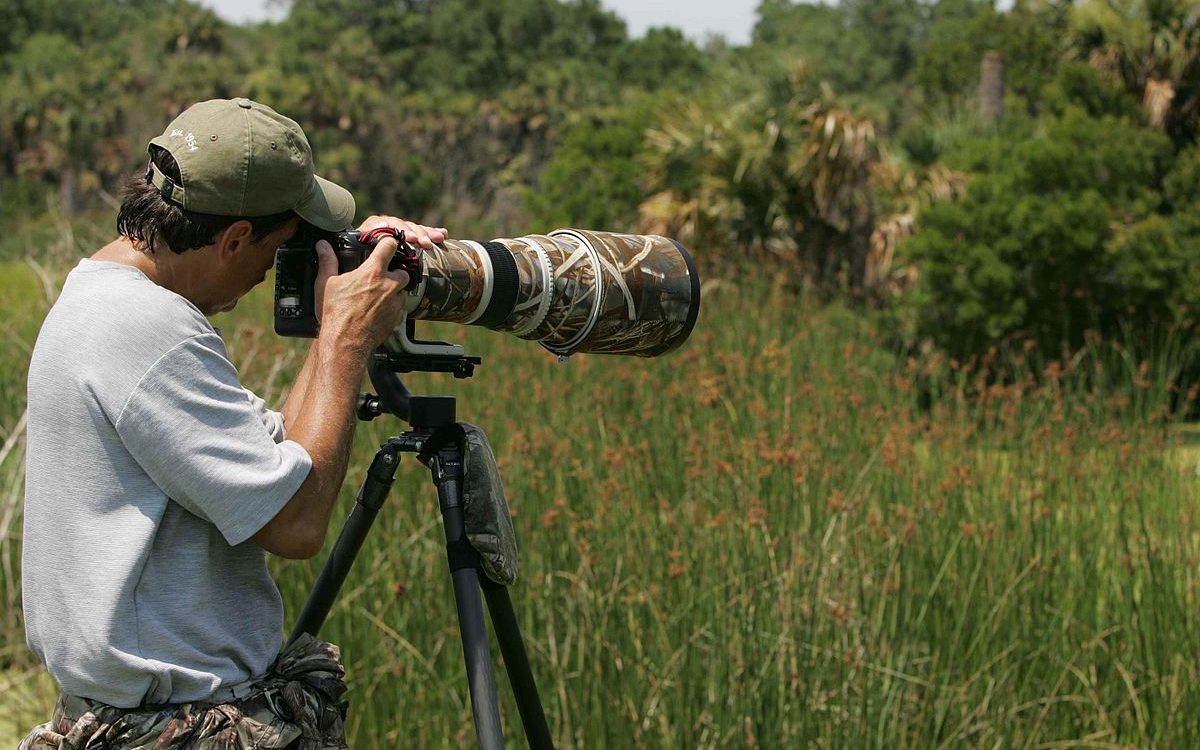
Manual Mode With Auto ISO
Not every camera offers a manual mode with Auto ISO and compensation, but most of the newer bodies do. I estimate that in 70 percent of the scenarios , manual mode with Auto ISO is my preference. It lets me control the two parameters that have the biggest impact on the look and feel of the final image—shutter speed and aperture—while still allowing the camera to handle some of the work.
As a wildlife photographer, I typically think first about shutter speed. I can choose a shutter speed fast enough to freeze a breaching orca in the San Juan Islands (around 1/2000 sec.) or slow enough to produce a clean, low-noise portrait of a mountain gorilla in the low-light jungles of Rwanda. I can do this rapidly with just one finger on the command dial for shutter speed, and the ISO will automatically follow to maintain proper set. I also use this technique for birds, lowering the shutter speed for a portrait of a perched bird and then quickly increasing to catch the bird in flight.
Next, I think about aperture. Wildlife photographers don’t drag huge ƒ/4 telephoto lenses through the jungle only to stop them down to ƒ/11. We use those lenses because we are dealing with low-light situations during the golden hour or in the deep shade of the forest where we need to click the pictures with the largest aperture possible. When I have more light, I might choose to open the aperture to get background separation or bokeh, or close it down to maximize depth of field for an environmental pictures. I want to be the one making the aperture decision in all of those scenarios.Manual mode with Auto ISO gets close to perfect most of the time. With that head start, I can fine tune compensation. By on clicking picture this way, I have control of the image but less to think about and fewer steps. That translates into quicker reaction time to capture the decisive moment—an essential ingredient for wildlife photography.
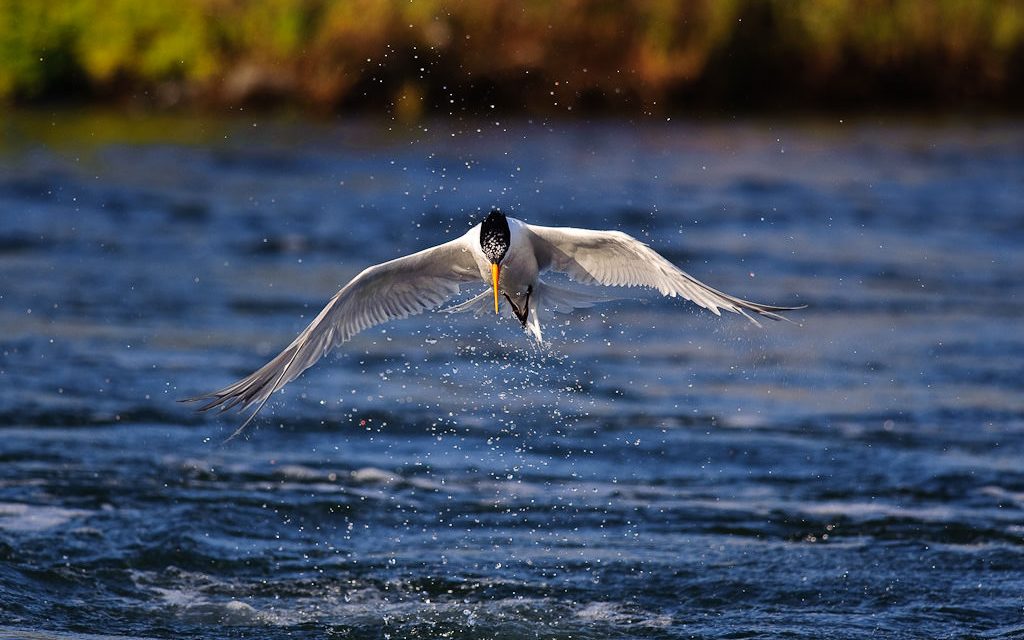
Full Manual Mode
While manual with Auto ISO meets my needs most of the time, there are situations where I prefer to take full control of settings in manual mode, ISO included.One such scenario involves birds in flight. When birds fly in front of a changing background, Auto ISO can cause inconsistent exposure. For example, a puffin might take off from calm teal water, fly over an area of waves with bright reflections, then past a dark island background as you pan to follow it. In that situation, Auto ISO will result in several different of the subject. depending on the bird’s tonal value and the light. Instead of trying to hold an lock button (which is one solution), switching to full manual simplifies this equation. You can click for the bird in manual mode to ensure a consistent for the subject against the varying background.
